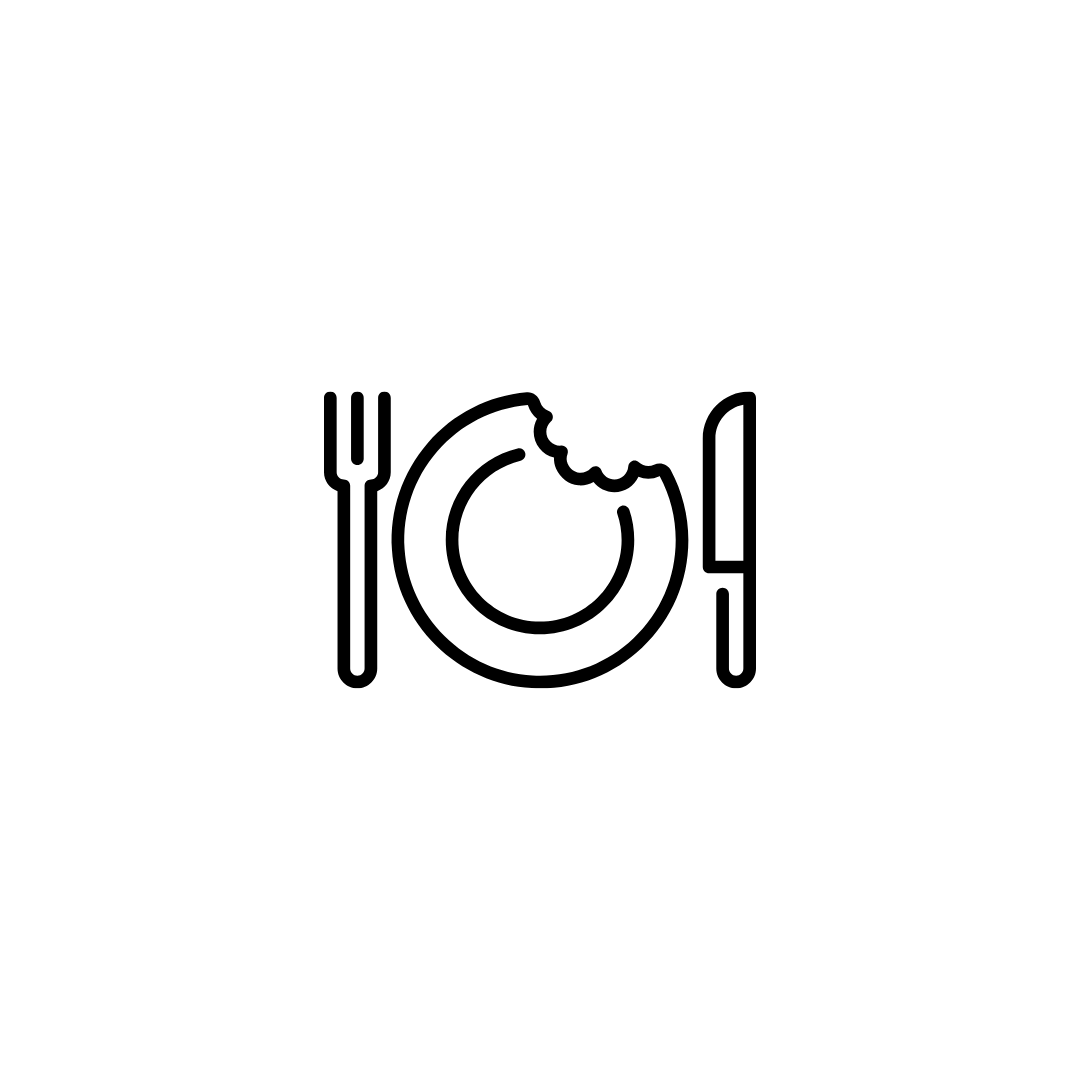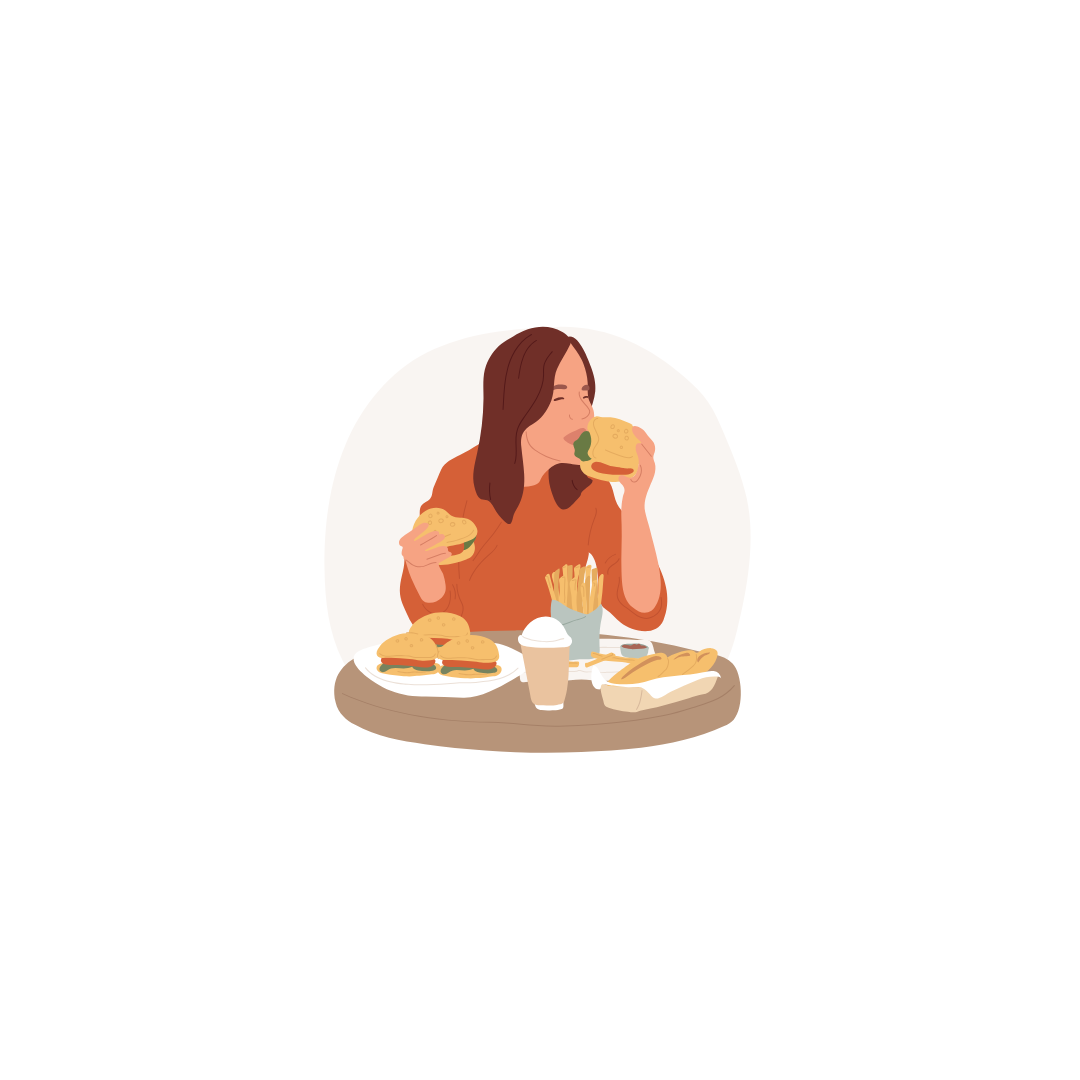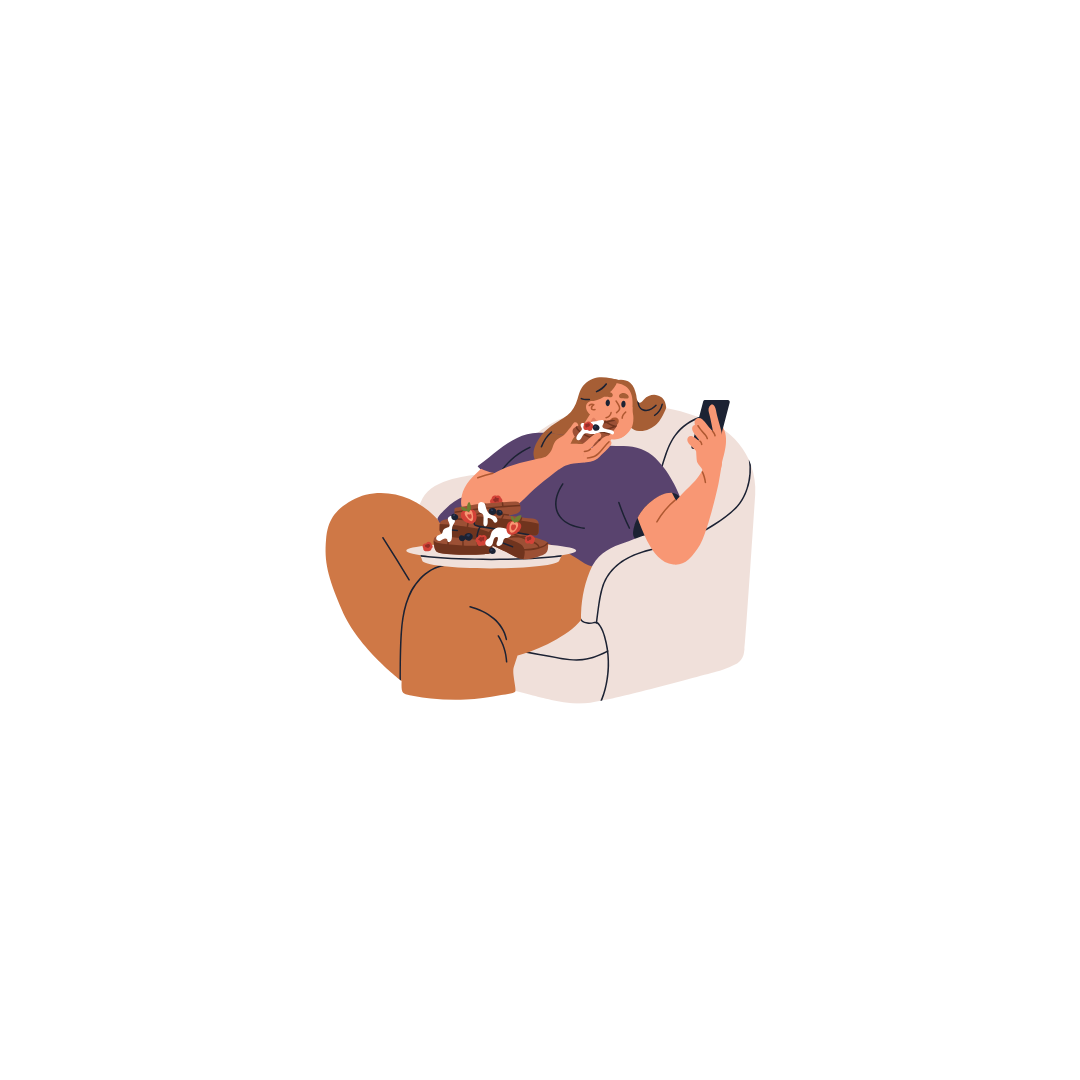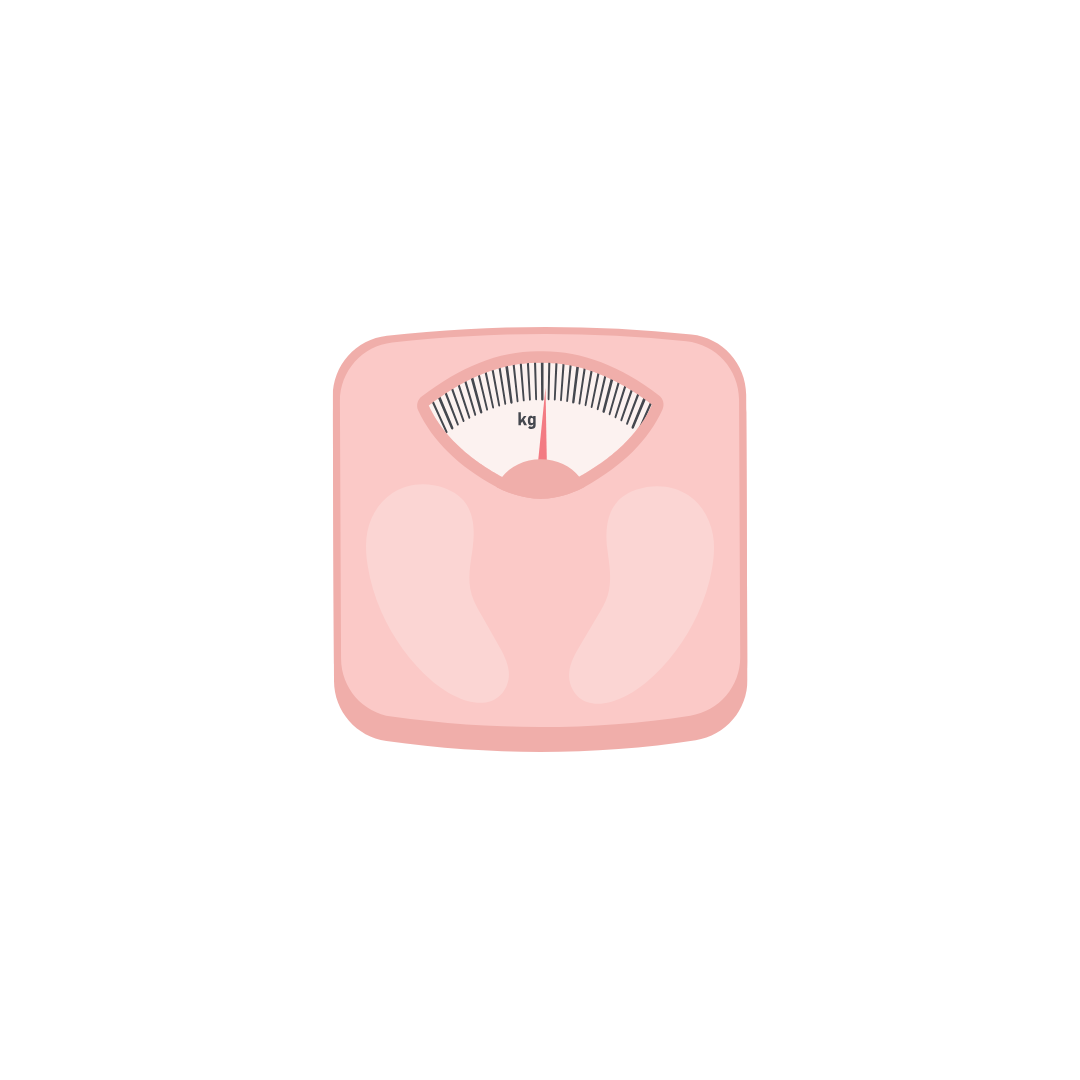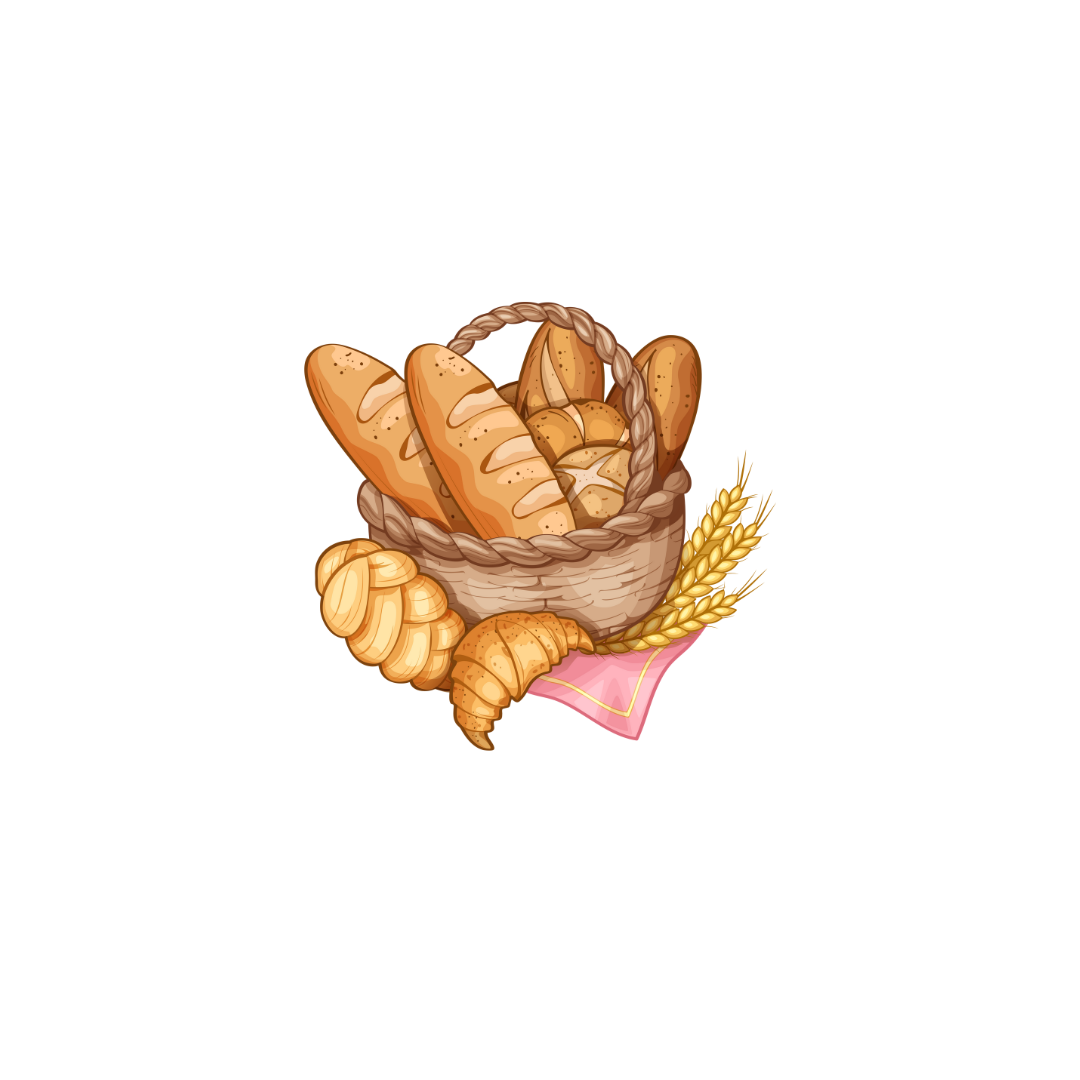How Can You Apply IE to Your Life?
IE can be a positive approach to transform your relationship with food, but it’s essential to consider your unique circumstances, preferences, and health needs.
Firstly, it is important to be mindful of extremes. IE has become super popular, and with food companies now jumping in, it’s crucial to remember that IE isn’t a one-size-fits-all solution. Use IE principles as a guide and tailor them to your own body’s needs. Reflect on why you’re drawn to IE and what you hope to achieve.
Secondly, research highlights many benefits of IE, like better well-being, more enjoyment from food, and greater body satisfaction (7). However, some worry that unrestricted eating could lead to choosing more high-calorie, high-fat foods (8,9). Be mindful of these potential pitfalls, especially if you’ve followed restrictive diets before. With IE, weight changes can happen (although not the main goal of IE) depending on your past dieting and how your body responds (7).
While IE promotes a healthy relationship with food, it’s not equally accessible to everyone. People with limited financial resources might struggle to choose foods based on hunger and satiety cues. A recent study showed that on the short and long term, food insecurity can lower IE scores (10). Plus, a basic understanding of nutrition helps with IE, but not everyone has that knowledge (11). Factors like socioeconomic status, culture, lifestyle, and education all affect how well you can adopt IE. Addressing these disparities is key to making IE more inclusive and accessible.







